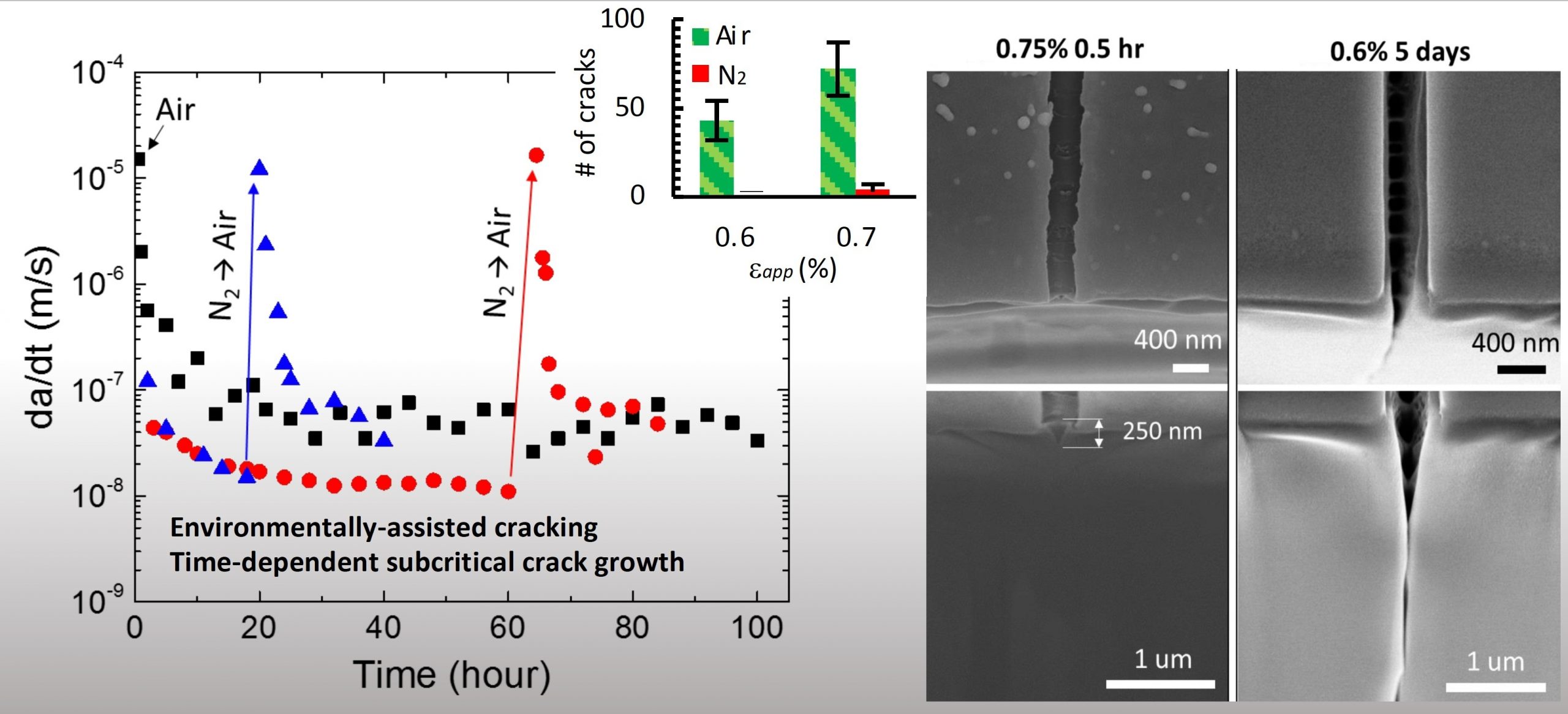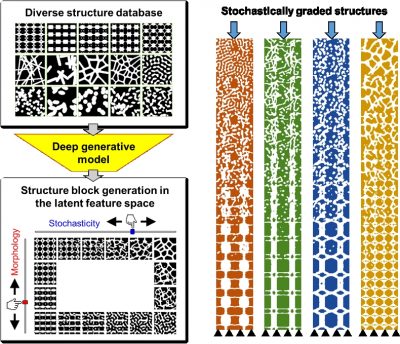This thrust focuses on the design and integration of new structural systems; novel architected active material systems with designed properties; multiscale modeling, mechanics and material discovery; and sensor information to develop advanced and adaptive vehicle structures.
Reduced-Order Modeling of Vibroacoustic Analysis for Optimal Mitigation of Noise for Army Ground Vehicles
Wave front engineering realized through metamaterial or metasurface synthesis has attracted considerable attention in recent years. Acoustic metasurfaces have promising potentials in applications such as vibration isolation and wave guiding. Most existing devices, however, lack the tunability in real time. In this research, an adaptive acoustic metasurface taking advantage of the two-way electro-mechanical coupling of piezoelectric transducers is developed. Each surface bonded transducer (PZT) is shunted with an individually calibrated synthetic inductor to form a local resonator, which is then tuned to modify the local dispersive characteristics of each unit cell and implement discrete phase shifts. The analog synthetic inductances are integrated with digital potentiometers to realize online tunability, allowing the metasurface to be recalibrated to accommodate different incident wave frequencies or target angles of refraction without requiring any physical alteration of the host structure. Experimental validations are carried out to demonstrate successfully the bandgap performance and anomalous refraction performance of the same metasurface under different circuitry tunings.

Figure 2 Experimental investigation of adaptive metasurface for wave manipulation. Left: open-circuit; Middle: bandgap realization with metasurface; Right: anomalous wave reflection (5 degrees) realization with metasurface.
Lightweight Multilayer Polymer-Matrix Nanocomposite Barriers for Chemical & Mechanical Protection
Paramount importance in wearable and flexible electronics applications is especially where mechanical properties are suited to comply with dynamic motions of soft biological tissues. Yet, the majority of these applications are still under development due to a lack of reliability. We recently proposed and demonstrated a method to fabricate nanocomposite multilayer barrier films without compromising the elastic limit of mechanical deformation, consisting of thin organic and inorganic layers. These include vapor-deposited oxides, nitrides, and Parylene C barriers, solvent casting of inorganic fillers in the organic matrix, and spin-processed polyimide and fluoropolymers. We developed all our barriers to be processed at low temperatures (< 100˚C) and compatible with devices grown on thin films, transfer-printed thin devices, miniaturized silicon dies and even components from additive manufacturing. We perform an in-depth characterization of the mechanical behavior of these barrier materials under harsh environment and under mechanical loading, defining the safe design guidelines and building strategies to integrate mechanically reliable interfaces for brittle inorganic barrier materials within soft and elastic carrier substrates, including elastomers.

Computational Design of Stochastically Graded Structures for Stress Wave Manipulation
The goal of this project is to establish a computational framework for tailoring the structural stochasticity of microstructural materials to achieve desired properties. Based on this method, we propose a new structure design concept, “stochastically graded structures”, to enable effective manipulation of stress wave propagation by varying the local structural stochasticity while maintaining the material compositions and densities. The outcome of the proposed research will (i) lead to a quantitative understanding of the effect of structural stochasticity on the stress wave propagation behaviors, and (ii) accelerate the development of new structural materials for impact/blast protection.
